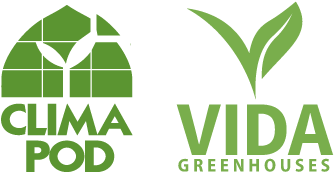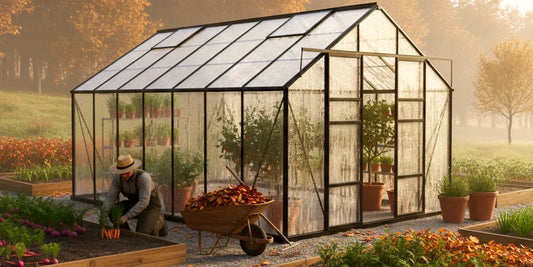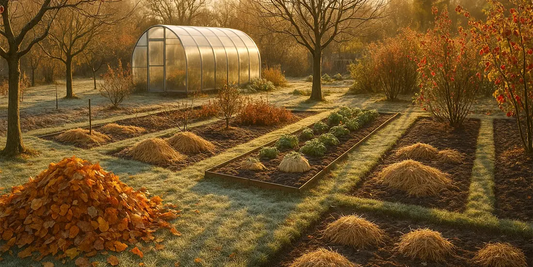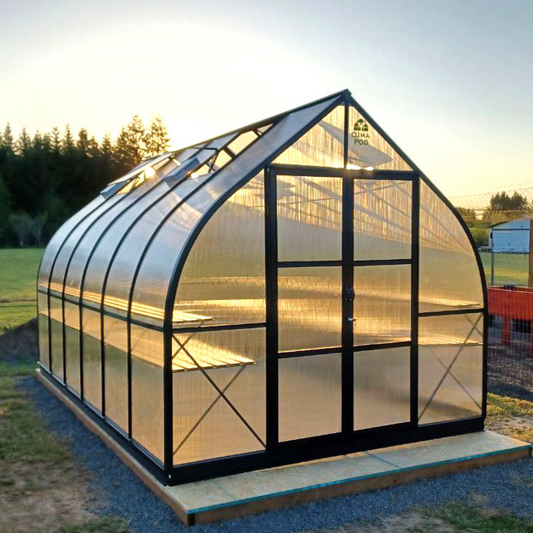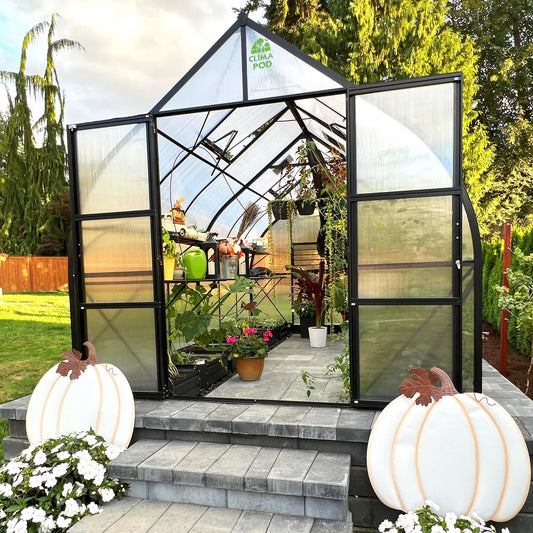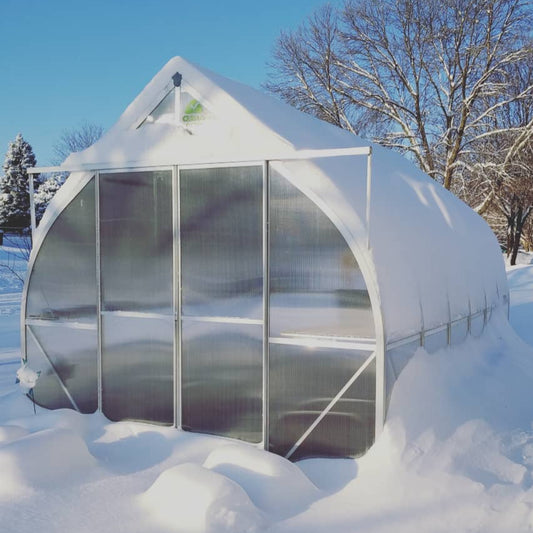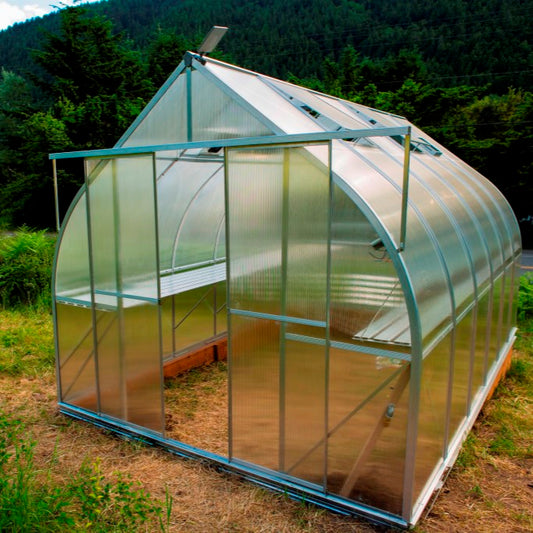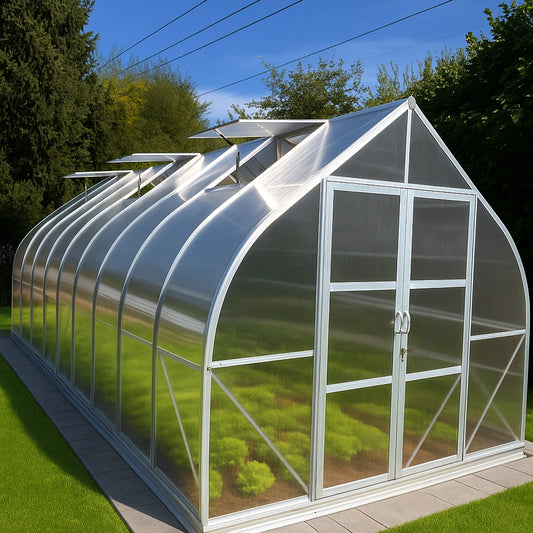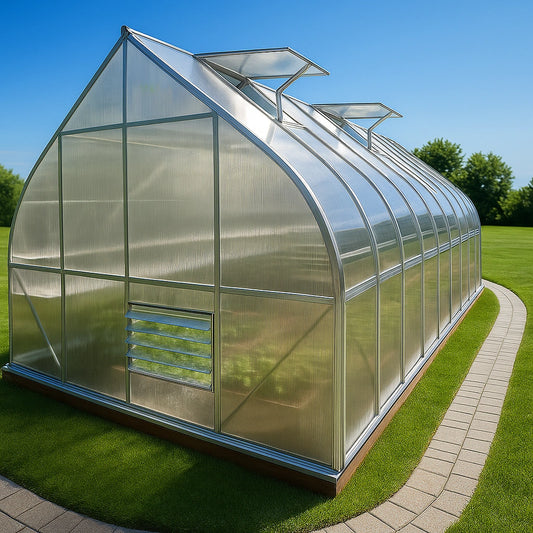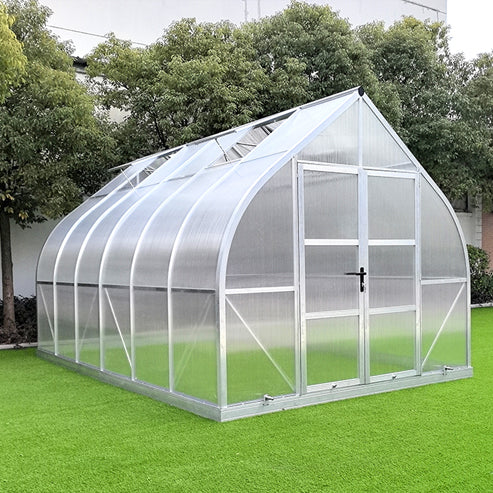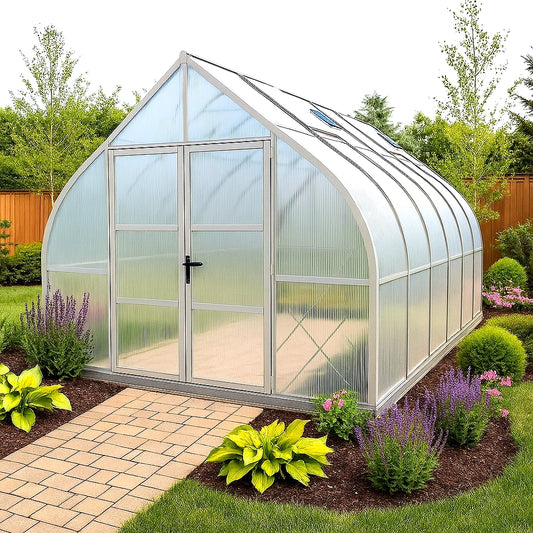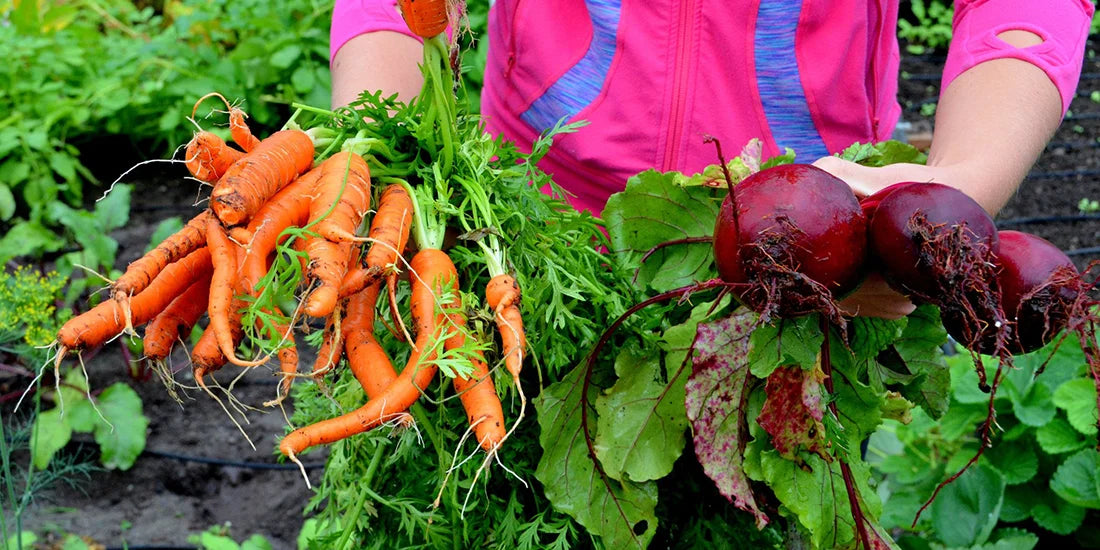
Grow Your Own Vegetables Easily: A Beginner's Guide to Greenhouse Kits - Part 1
Let's discuss how environmental factors affect vegetable harvests in greenhouses. The growth, development, and ultimately the yield of vegetable crops depend heavily on their surrounding environment.
Greenhouse Vegetable Harvests and Environmental Factors
These factors are categorized into four groups:
- Edaphic Factors: These relate to the soil – its physical properties, nutrient content, and moisture levels.
- Climatic Factors: This includes humidity, air temperature, and light levels.
- Biotic Factors: This encompasses the flora (plants) and fauna (animals) within the greenhouse environment.
- Anthropogenic Factors: These are human-influenced factors such as fertilizer and pesticide use, machinery, and other practices that can impact yield.
Three key indicators assess a plant's response to environmental factors:
- Requirement/Demand: How much of a given factor the plant needs for optimal growth.
- Tolerance: The plant's ability to withstand variations in a given factor, both short-term and long-term.
- Responsiveness: The speed and intensity of the plant's reaction to environmental changes and variations in factor levels.
Temperature Requirements for Greenhouse Vegetables
Optimal temperature allows for the most intensive plant development. Minimum and maximum temperature limits halt growth processes. Vegetable crops are categorized into five groups based on their temperature requirements:
- Groups 1 & 2 (Winter-Hardy): These plants tolerate significant temperature drops, even below 14 °F (-10 °C). Seeds germinate at temperatures above 34-36 °F (1-2 °C). These perennials (e.g., sorrel, rhubarb, garlic, asparagus) possess sufficient nutrient reserves to survive frosts.
 Growing green onion in the greenhouse
Growing green onion in the greenhouse
- Group 3 (Cold-Hardy): These plants don't tolerate prolonged frosts below 19 °F (-7 °C). Seed germination occurs above 36-41 °F (2-5 °C), with optimal growth around 64 °F (18 °C). Examples include cabbage, lettuce, radish, parsley, dill, spinach, and onions.
 Radish in a winter greenhouse
Radish in a winter greenhouse
- Group 4 (Heat-Loving): These require high humidity (at least 90%) and temperatures between 72-84 °F (22-29 °C). Temperatures below 38 °F (3 °C) are lethal. This group includes cucumbers, tomatoes, peppers, and eggplants.
 Heat-loving vegetables for greenhouse growing
Heat-loving vegetables for greenhouse growing
- Group 5 (Heat-Tolerant): These plants withstand temperatures up to 97-104 °F (36-40 °C) but are intolerant of temperatures below 50-59 °F (10-15 °C). For early harvests, creating optimal growing conditions is crucial. The controlled environment of a greenhouse allows for easy management of temperature and humidity, leading to optimal growth and earlier harvests of heat-tolerant crops like beans, watermelon, and melon.
